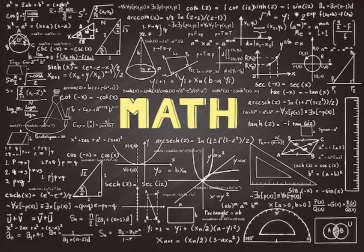Question
a.
N1 is necessarily less than n2
b.
N1 is necessarily equal to n2
c.
N1 is necessarily greater than n2
d.
None of the mentioned
Posted under Bottom Up Parsing Compiler Design
Engage with the Community - Add Your Comment
Confused About the Answer? Ask for Details Here.
Know the Explanation? Add it Here.
Q. Assume that the SLR parser for a grammar G has n1 states and the LALR parser for G has n2 states. Hence which one is true?
Similar Questions
Discover Related MCQs
Q. Which of these is also known as look-head LR parser?
View solution
Q. What is the similarity between LR, LALR and SLR?
View solution
Q. An LR-parser can detect a syntactic error as soon as
View solution
Q. Which of these is true about LR parsing?
View solution
Q. Which of the following is incorrect for the actions of A LR-Parser ?
I) shift s
ii) reduce A->ß
iii) Accept
iv) reject?
View solution
Q. If a state does not know whether it will make a shift operation or reduction for a terminal is called
View solution
Q. When there is a reduce/reduce conflict?
View solution
Q. When ß ( in the LR(1) item A -> ß.a,a ) is not empty, the look-head
View solution
Q. When ß is empty (A -> ß.,a ), the reduction by A-> a is done
View solution
Q. The construction of the canonical collection of the sets of LR (1) items are similar to the construction of the canonical collection of the sets of LR (0) items. Which is an exception?
View solution
Q. Which of the following is a phase of a compilation process?
View solution
Q. A simple two-pass assembler does which of the following in the first pass.
View solution
Q. A programmer by mistake writes multiplication instead of division, such error can be detected by a/an
View solution
Q. A shift reduce parser carries out the actions specified within braces immediately after reducing with the corresponding rule of grammar S—-> xxW ( PRINT “1”) S—-> y { print ” 2 ” } S—-> Sz { print ” 3 ” ) What is the translation of xxxxyzz using the syntax directed translation scheme described by the above rules ?
View solution
Q. In operator precedence parsing whose precedence relations are defined
View solution
Q. ( Z,* ) be a structure, and * is defined by n * m =maximum ( n , m ) Which of the following statements is true for ( Z, * ) ?
View solution
Q. The address code involves
View solution
Suggested Topics
Are you eager to expand your knowledge beyond Compiler Design? We've curated a selection of related categories that you might find intriguing.
Click on the categories below to discover a wealth of MCQs and enrich your understanding of Computer Science. Happy exploring!








